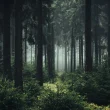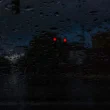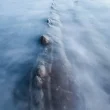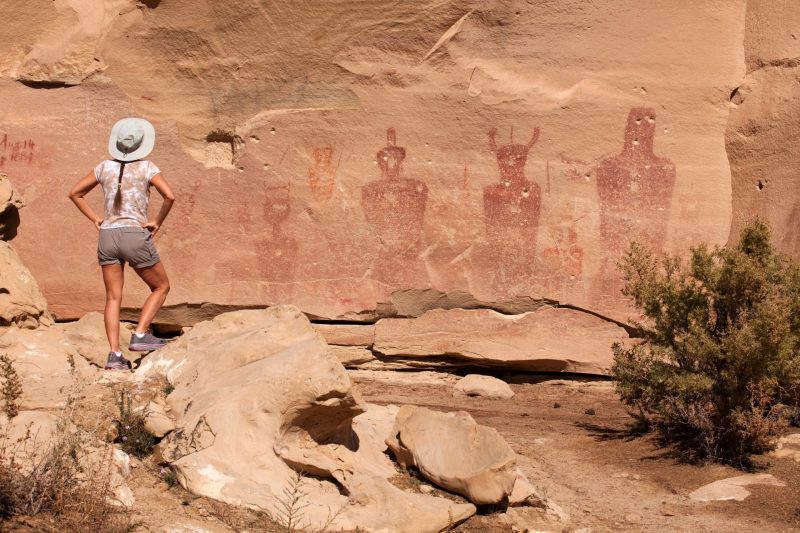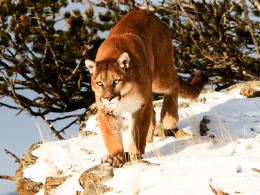Some people just want to be seen. They want to make their mark in whatever way necessary. Unfortunately, sometimes it comes in the form of vandalism. Sometimes these acts come from anger and hate with intolerances or obscenities used to destroy property.
Other times it comes from love or goodwill with hearts, names, and dates. But even these seemingly harmless etchings are illegal when done on federally protected land.
People maliciously or ignorantly make their mark and destroy American petroglyphs all over the country. Vandals and tourists damage history and sacred spaces. Let’s learn more about these occurrences.

What Are Petroglyphs?
You can see petroglyphs and pictographs throughout the country but particularly in the Southwest. Petroglyphs are rock carvings, while pictographs are rock paintings. Both are ancient forms of communication between Native peoples.
Using tools like a stone chisel and a hammerstone, these tribes would chip off the top surface of the rock to expose the lighter rock underneath.
Today we may see petroglyphs as art, but long ago, they were much more. This was how the Native people communicated before words and language. The rock carvings were a way to represent the world and express their cultural beliefs.
Pictographs, on the other hand, are made with charcoal, blood, or minerals and painted by hand or with a brush. These don’t last as long as petroglyphs that people actually carved into the rock.
However, both forms of communication have helped archaeologists learn about the history and culture of these ancient people.
HOT TIP
3 Boondocking Locations That Have Been Ruined by the Internet
Do People Still Make Petroglyphs?
Although it is much less common today because of the invention of verbal and written communication, some remote Natives still make petroglyphs to communicate with each other.
But the people primarily used this form of art and communication before white settlers invaded Native American territory. Some rock carvings date back thousands of years, while others only go back hundreds of years.

Which State Has the Most Petroglyphs?
Petroglyph National Monument protects one of the largest petroglyph sites in North America. Located in Albuquerque, N.M., this monument features three hiking trails to three different locations of petroglyphs.
The Boca Negra Canyon has 100 rock carvings, the Rinconada Canyon has 300 carvings, and the Piedras Marcadas Canyon has 400.
However, the site has numerous other petroglyphs protected here. Native Americans and Spanish settlers carved more than 25,000 images 400 to 700 years ago.
Jeffers Petroglyphs is the largest collection of rock carvings in one place in the Midwest, with about 8,000 units. The earliest carvings date back to 9,000 B.C.
But the most recent carvings happened in the 1700s. The Dakota, Cheyenne, Arapaho, Iowa, and Ojibwe peoples still hold these sites sacred.
What Are the Oldest Petroglyphs in the United States?
More than 10,000 years ago, the indigenous people of Nevada carved drawings into limestone boulders northeast of Reno. Paleoclimatologist Larry Benson dated them in 2013.
He shared how the petroglyphs have geometric patterns of circles and diamonds. According to the NPR article, he said, “They’re almost unique in the sense that the grooves have been carved down almost an inch deep in some cases.”
Through climate research, he determined that the boulders were last submerged in water 10,000 years ago or more. The white coating of the carvings came from the lake water. So through his sampling, Benson confirmed that the artwork was at least 10,000 years old and maybe 14,800 years old.
Are American Petroglyphs Being Destroyed?
Sadly, vandals have destroyed some of these sacred and historical rock carvings. Sometimes even well-intentioned tourists harm the petroglyphs by not following the rules at protected sites. In the Chattahoochee National Forest in Georgia, someone vandalized petroglyphs at Track Rock Gap in 2021.
The Tribal Heritage Preservation Office released a statement that said, “They are special sites for the Eastern Band of Cherokee Indians and for all people as part of the Heritage of this region. Whether through ignorance or malice — the result is irreparable damage to a unique site that connects us directly to the people of the past.”
More than 50 incidents of vandalism have occurred in Big Bend National Park in Texas since 2015. Most recently, in December 2021, the National Park Service discovered names and a date inscribed on a rock located in a remote area of the park. The feature dates back 4,000 years.
According to a CNN article, Park Superintendent Bob Krumenaker said, “With each instance of vandalism, part of our Nation’s heritage is lost forever.”
Additionally, some vandals defaced the Birthing Rock in Moab, Utah, with graffiti and obscenities. In another instance, a climber in Arches National Park in Utah installed bolts in the sandstone of an ancient panel, permanently destroying it.
These actions are serious and punishable by a $5,000 fine or imprisonment under Title 36 of the Code of Federal Regulations. We protect these lands for a reason, and vandals and tourists take away this history.

Where Are the Most Famous Petroglyphs?
Petroglyph National Monument in Albuquerque is certainly one of the most famous sites of ancient petroglyphs. The National Park Service has created three trails that enable visitors to see these rock carvings close up. About 120,000 people view these drawings every year.
Additionally, visitors can see both petroglyphs and pictographs in Canyonlands National Park. The Great Gallery in Horseshoe Canyon features life-size figures and amazing designs, but it’s difficult to get to, unlike the petroglyphs in Petroglyph National Monument.
Nine Mile Canyon in Utah, called “the world’s longest art gallery,” has rock art created by the Archaic, Fremont, and Ute people. You can see hundreds of sites scattered throughout the 46 miles of the canyon — many only visible through binoculars.
However, as you drive along the route, you can see the most famous petroglyph in the canyon called “The Great Hunt.” It’s a carving of more than two dozen bighorn sheep and several bow-carrying hunters.
Are Visiting Petroglyph Sites Worth It?
Visitors today can connect with the ancient people at petroglyph sites. Seeing people’s work from thousands of years ago can feel remarkable and inspiring.
But we also have the responsibility to keep these carvings protected. Follow the rules posted by staying on the trails. Let’s help future generations learn and allow them to see this artwork that captures the life of ancient Native tribes.
What will you discover as you visit these petroglyph sites?
If You Want the Latest Travel News, Join Our Mailing List
Don’t rely on biased RV industry news sources to keep you informed. Stick with Nomadic News. We publish articles and breaking stories that matter to you every weekday.

